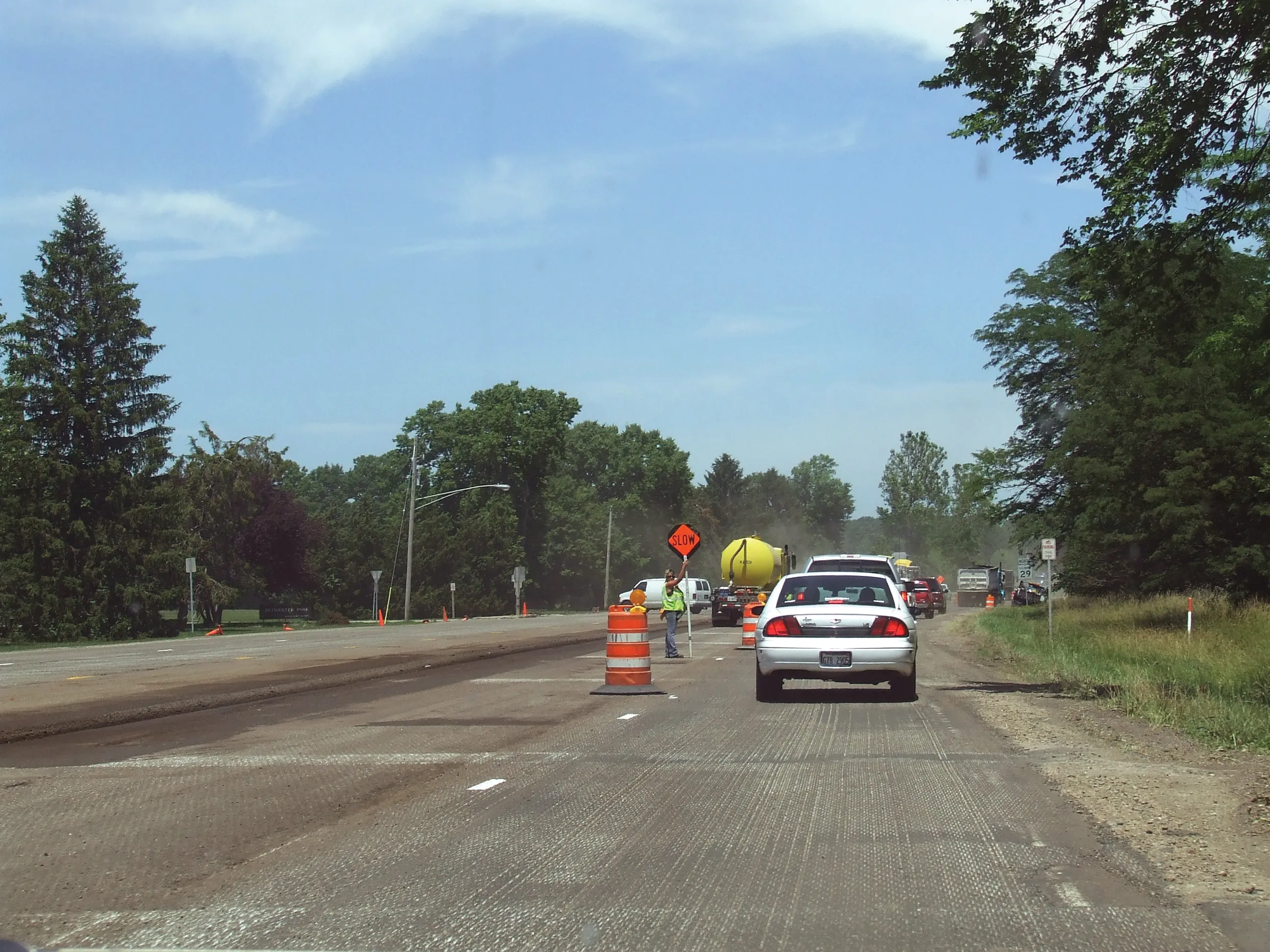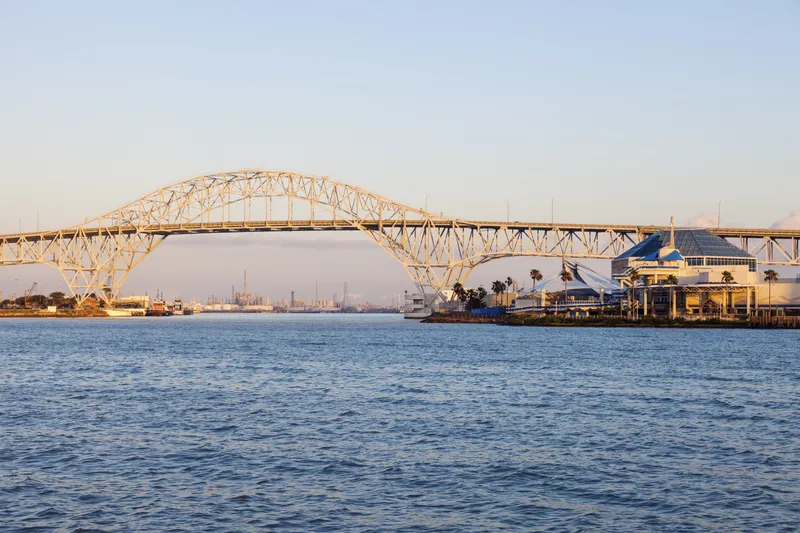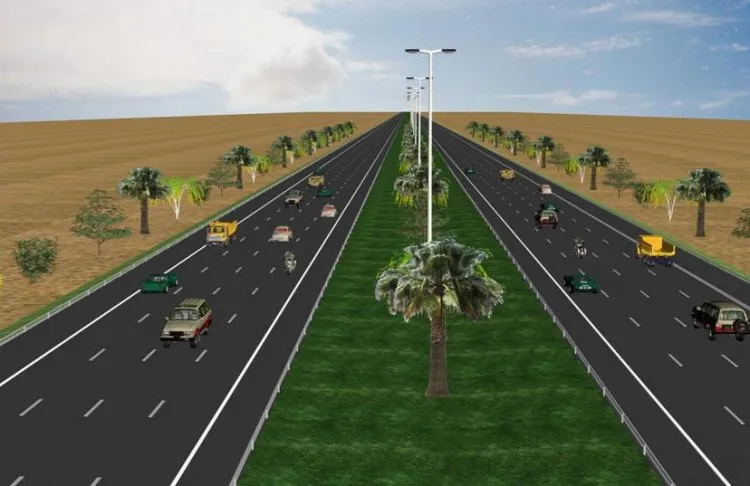Innovation must drive new strategies to reduce the near 600 deaths and 40,000 injuries that occur annually in US roadway construction zones, according to a leading American highway industry association figure. Speaking during the American Road & Transportation Builders Association’s (ARTBA) National Work Zone Awareness Week (NWZAW) Brad Sant, ARTBA’s top safety expert, said: “Just last week, ARTBA renewed its innovative alliance with the Occupational Safety & Health Administration (OSHA) and industry partne
April 25, 2012
Read time: 2 mins

Innovation must drive new strategies to reduce the near 600 deaths and 40,000 injuries that occur annually in US roadway construction zones, according to a leading American highway industry association figure.
Speaking during the American Road & Transportation Builders Association’s (ARTBA) National Work Zone Awareness Week (NWZAW) Brad Sant, ARTBA’s top safety expert, said: “Just last week, ARTBA renewed its innovative alliance with the Occupational Safety & Health Administration (OSHA) and industry partners. The alliance is unique in that it includes multiple federal agencies, organised labour, representation from state agencies and employer associations—all working together to ensure our workplaces are safer for all involved.”
The 2012 NWZAW, running until April 27, 2012, kicked-off with an April 23 national news conference at a Route 141 construction zone in St. Louis. The event, hosted by the2699 Missouri Department of Transportation, aimed to publicly highlight the safety risks for motorists and workers associated with driving through these sites.
Sant, ARTBA’s senior vice president of safety and education, also highlighted a new course, ‘Preventing Runovers and Backovers’, developed in partnership with OSHA and the5159 National Institute for Occupational Safety and Health (NIOSH), as a first-of-its-kind programme to address the problem of ‘struck-by’ incidents in roadway construction.
“For over a decade the industry has identified runovers and backovers as the primary safety concern for our workers,” said Sant. “Now, with backing from OSHA and NIOSH, ARTBA is providing the industry with the first, comprehensive course to address the problem, and we are giving away this training and material for free.”
Speaking during the American Road & Transportation Builders Association’s (ARTBA) National Work Zone Awareness Week (NWZAW) Brad Sant, ARTBA’s top safety expert, said: “Just last week, ARTBA renewed its innovative alliance with the Occupational Safety & Health Administration (OSHA) and industry partners. The alliance is unique in that it includes multiple federal agencies, organised labour, representation from state agencies and employer associations—all working together to ensure our workplaces are safer for all involved.”
The 2012 NWZAW, running until April 27, 2012, kicked-off with an April 23 national news conference at a Route 141 construction zone in St. Louis. The event, hosted by the
Sant, ARTBA’s senior vice president of safety and education, also highlighted a new course, ‘Preventing Runovers and Backovers’, developed in partnership with OSHA and the
“For over a decade the industry has identified runovers and backovers as the primary safety concern for our workers,” said Sant. “Now, with backing from OSHA and NIOSH, ARTBA is providing the industry with the first, comprehensive course to address the problem, and we are giving away this training and material for free.”







